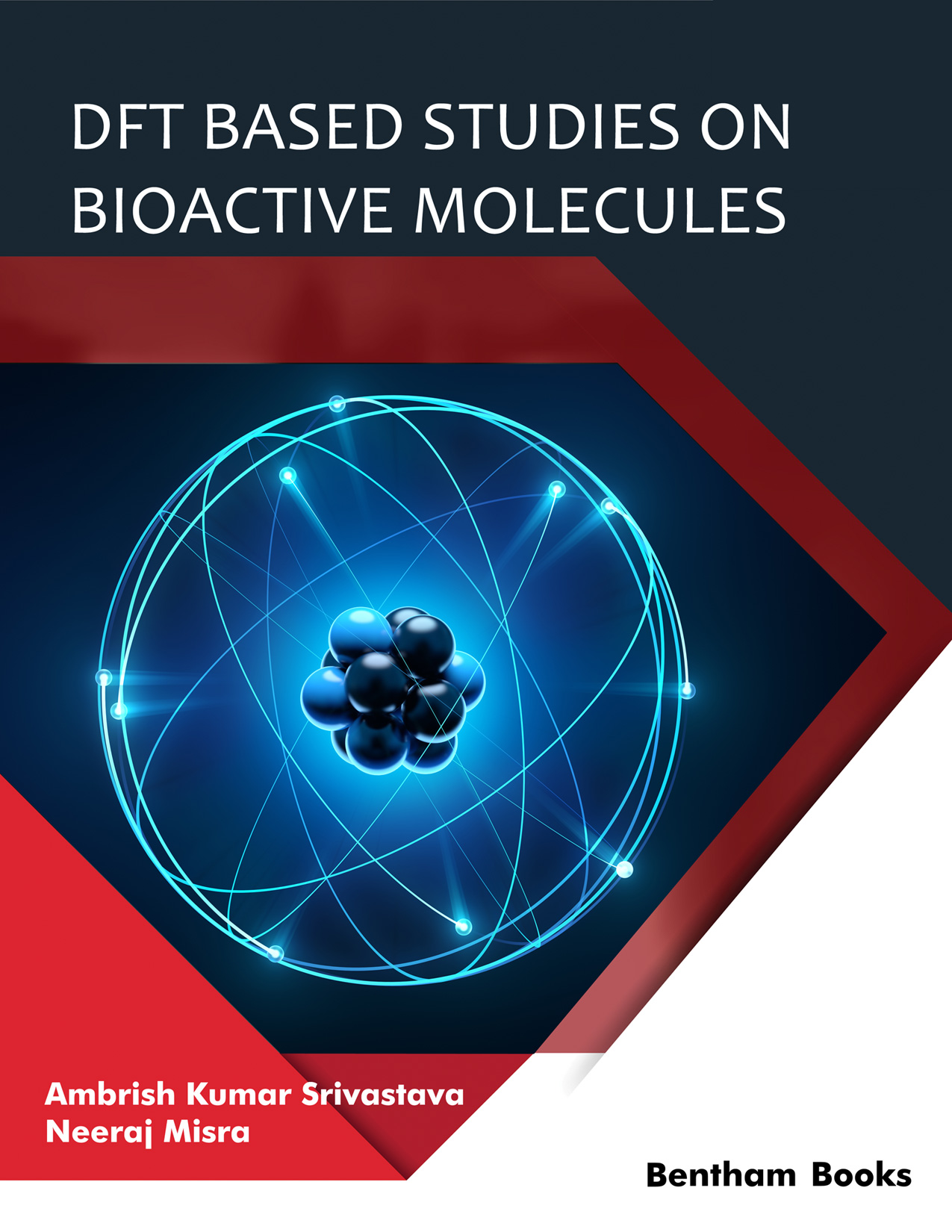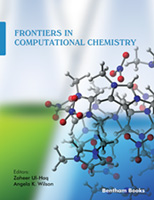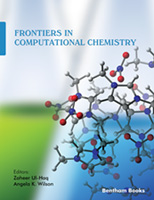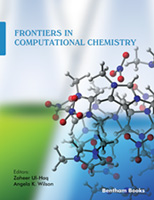Introduction
This book is a guide for researchers, academics and experimentalists who wish to explore density functional theory (DFT) on selected molecular systems. The salient features of the book include concise and complete coverage of DFT on biologically active molecules, a basic guide to DFT for beginners followed by its computational application using a powerful Gaussian program. Subsequently, discussions on synthetic compounds, amino acids, and natural products have been offered by the authors for the benefit of the reader. The book also features an exclusive chapter on the quantum theory of atoms in molecules and is supplemented by an appendix on the Gaussian output for methane.
Key Features:
· basic introduction of density functional theory
· practical introduction to Gaussian program
· interpretation of input and output files
· explanation of calculated parameters
· examples of several bioactive molecules (syenthetic and natural)
· correlation between theory and experiments
· exploration of the hydrogen bonds
· appendix covering Gaussian outputs for methane
· beginner friendly text
· references at the end of each chapter
DFT Based Studies on Bioactive Molecules is a suitable handbook for academics, students and researchers who are learning the basic biophysics and computational chemistry of bioactive molecules with reference to DFT models.




